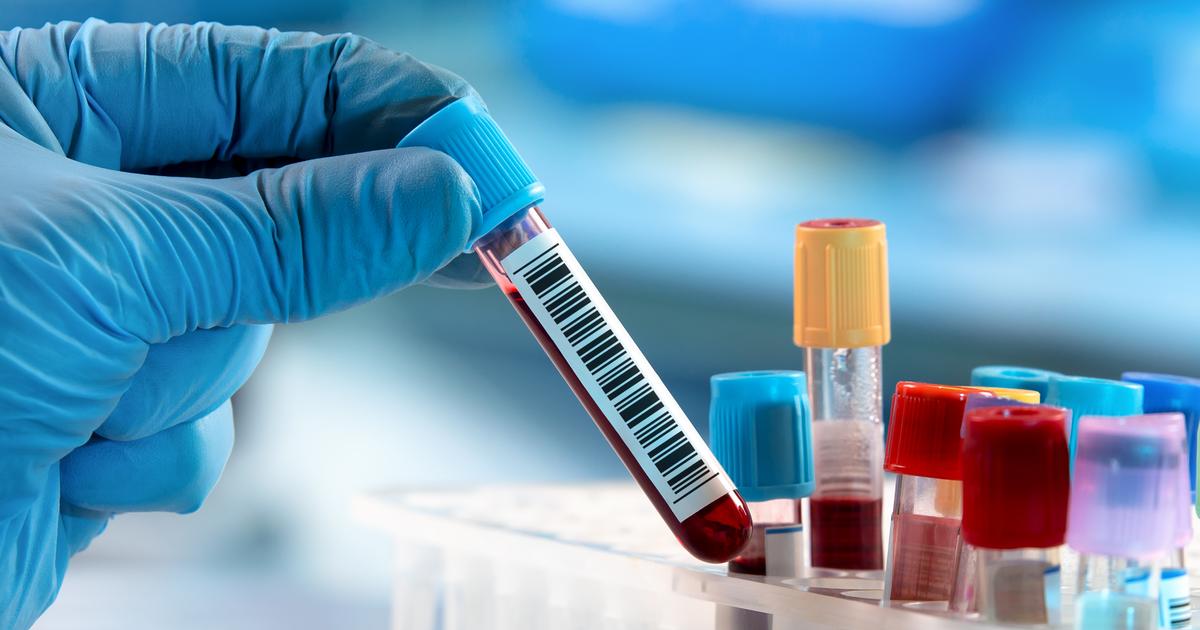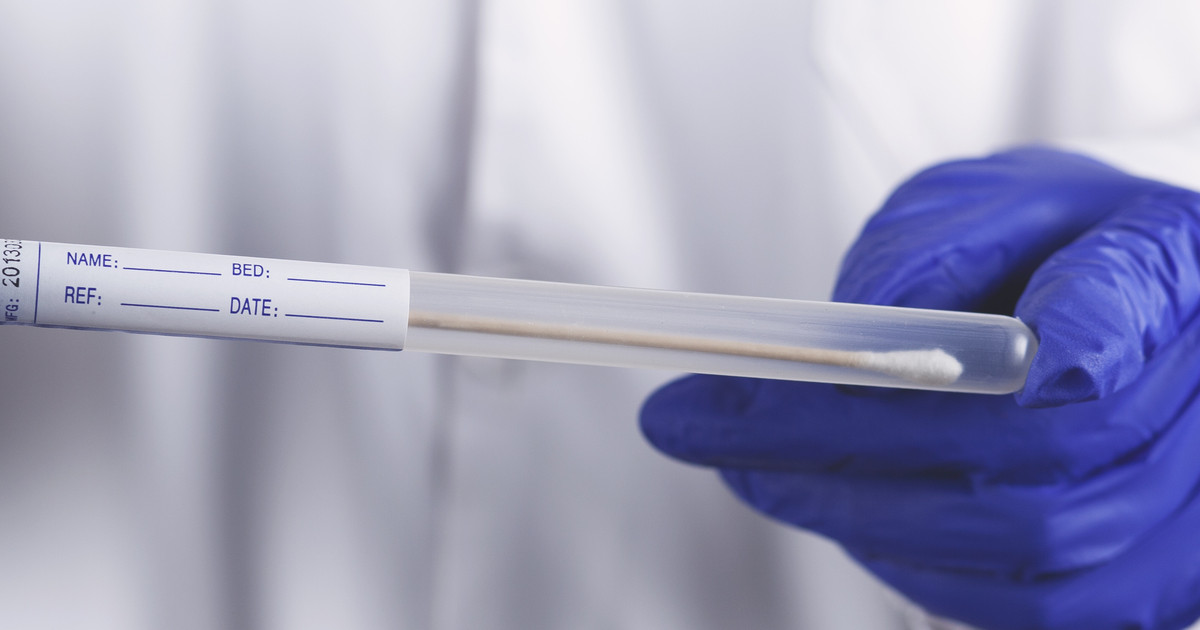Guide To Diagnosing And Treating Sepsis
Sepsis, a life-threatening condition, results from a patient's response to an infection. Usually, when an individual has an infection, their body will release chemicals to fight it. When the body has an unbalanced response to those chemicals, the resulting changes may damage several organ systems. When sepsis progresses far enough to become septic shock, the patient's blood pressure drops so much that they may die. The most common groups who contract sepsis are elderly adults, young children, pregnant women, immunocompromised individuals, and patients with chronic health conditions.
Immediate sepsis treatment is crucial, as this is a life-threatening condition. Patients will receive general antibiotics for sepsis immediately. Intravenous fluids for sepsis will begin within three hours. Specific sepsis antibiotics may be given once the doctors determine the cause of the patient's infection. Other medications for sepsis, such as vasopressors, may also be part of a patient's treatment. Surgery and supportive care for sepsis are also common treatment options.
Blood Tests

Blood tests are some of the first procedures used to diagnose sepsis. Blood samples will be drawn from two sites. They are tested for clotting issues, evidence of an infection, impaired oxygen availability, electrolyte imbalances, and abnormal liver or kidney function. A blood test will not confirm or deny sepsis by itself. However, a doctor can combine the test results with the patient's symptoms and a physical exam.
A complete blood count is a test done to measure white blood cells. Having an elevated white blood cell count indicates that there may be an infection somewhere in the body. Testing for the C-reactive protein levels will tell patients if their body has inflammation anywhere, including inflammation caused by infections. If there is evidence of an infection, doctors may use a blood culture to determine what fungi or bacteria led to it. Some of the tests used to examine clotting factors are platelet counts, d-dimer, partial thromboplastin time, and prothrombin time.
Reveal more ways to diagnose sepsis now.
Wound Secretion Test

A wound secretion test may be done as part of the diagnostic process. This test, also commonly called a wound drainage culture, is used to determine the cause of an infection. Different antibiotics treat different infections. If an individual has an infected wound, a wound drainage culture will help the doctors determine what antibiotics to prescribe. The culture can find fungi, viruses, and bacteria in a wound. No special preparation needs to be done on the patient's part before the test. Patients need to let their doctor know if they have taken any medications or antibiotics that might affect the results.
During a wound secretion test, the wounded area will be cleaned. A numbing medication will sometimes be used a half-hour before the procedure. In other cases, patients might be sedated for it. There are a few ways that doctors might take a sample of the culture. With open wounds, they may use a cotton swab. For closed wounds, they may use a needle and syringe to withdraw pus. If the wound is abscessed, the doctor might need to cut into the skin above to reach it.
Continue reading to uncover treatments for sepsis now.
